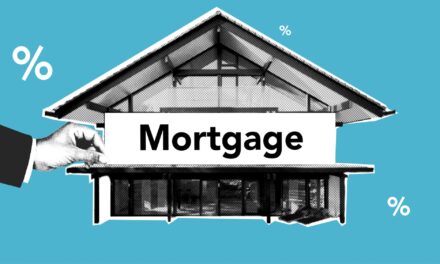How are your homebuyer clients saving up for their big purchase?
55% of homebuyers reported making at least one type of financial sacrifice to save, according to a national Zillow survey of homeowners who purchased their home during the previous 12 months. These sacrifices included:
- 25% who reduced spending on entertainment;
- 18% who picked up more work;
- 16% who adjusted vacation plans;
- 15% who cut back on monthly payments or subscription services;
- 13% who cut back on saving for retirement;
- 8% who cut back on health services;
- 7% who cut back on insurance coverage;
- 6% who reduced college savings; and
- 5% who rented out a portion of their home.
Younger homebuyers were more likely to make sacrifices to buy a home. Related, younger homebuyers also reported going “over budget” on their home purchase.
Further, first-time homebuyers made the most sacrifices to buy, with 65% making at least one sacrifice, compared to 47% of homebuyers who already owned their own home. Beyond over-spending by young homebuyers, the difference is mostly due to repeat buyers’ ability to tap into their current home’s equity to cover their down payments.
What’s not mentioned here is that roughly one-in-four first-time homebuyers rely on down payment gifts from family members. Others cash in their investments or inheritances, choosing the opportunity cost that comes with a home purchase rather than other investment tools.
The future of down payment saving
It’s natural and financially healthy to make some sacrifices to build up savings to make a home purchase. For example, it’s no big deal to skip a vacation or cancel a couple streaming services. But some methods of saving mentioned in Zillow’s survey, like forgoing insurance, health services and saving for retirement, are unsustainable.
Homebuyers who find themselves making too many sacrifices to qualify to purchase may need to rethink their plans. This is especially true for first-time homebuyers who, ignorant of the many additional expenses that come with homeownership, are more likely to get in over their heads or overextend themselves.
The sacrifices homebuyers make are increasingly relevant, as home prices have increased far faster than incomes in recent years, making it increasingly difficult for homebuyers to keep up.
Looking forward, the good news for California homebuyers is that home prices are no longer climbing out of reach.
After six years of rising faster than homebuyer incomes, California home prices finally began to slow in 2018. As of September 2019, home prices are just 1%-3% above a year earlier, in line with average changes to annual incomes.
California’s declining home sales volume is mostly to blame for the price slowdown, with global economic uncertainty a close second. Prices are set to decrease more noticeably going into 2020, with the next recessionary period beginning in mid-2020.
After prices bottom in 2021-2022, homebuyers will regain confidence and return in greater numbers. In the meantime, saving will continue.
Related article:














